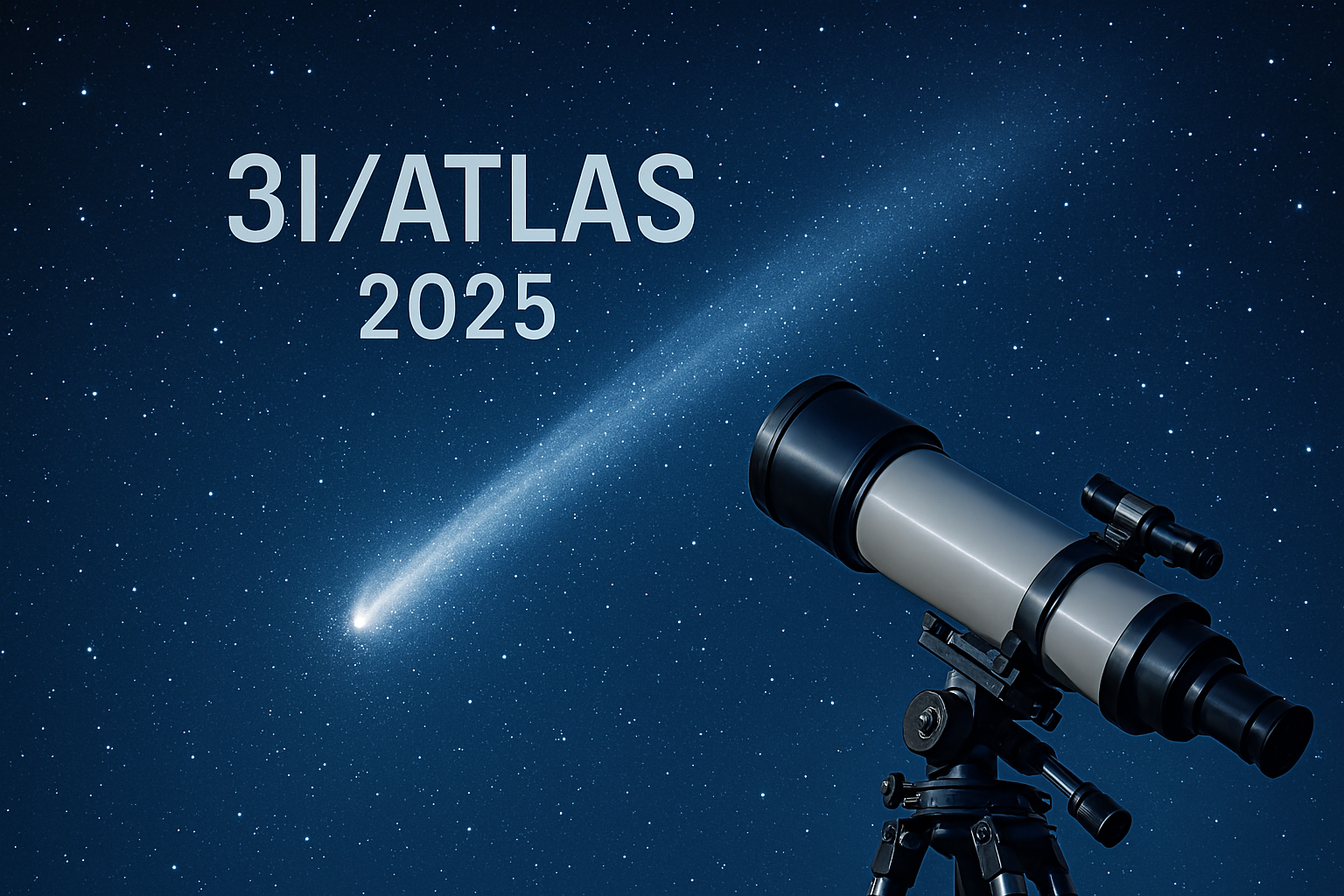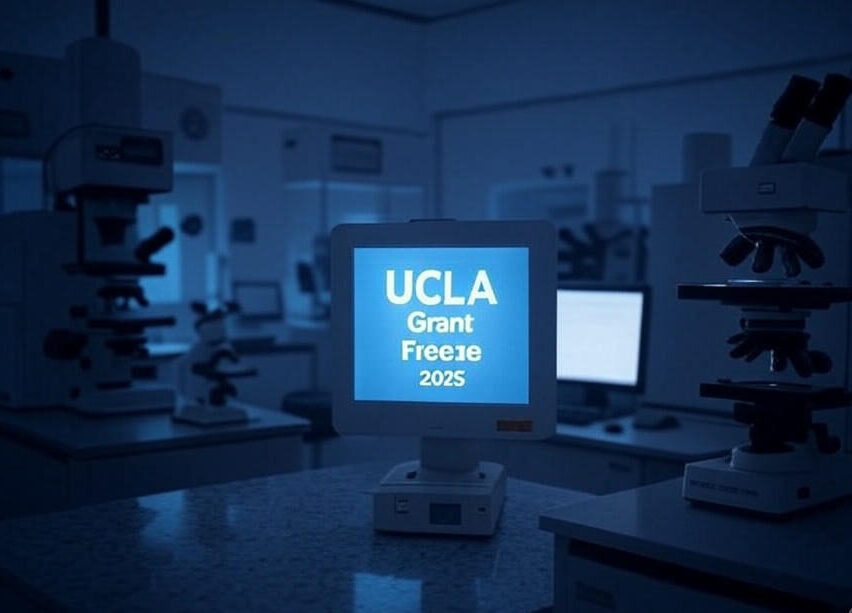NASA Identifies Mysterious Interstellar Comet 3I/ATLAS Racing Through Our Solar System

A celestial visitor from beyond our solar system has captured the attention of astronomers worldwide. Named 3I/ATLAS, this interstellar object, believed to be a comet, is only the third of its kind ever detected, following 1I/‘Oumuamua in 2017 and 2I/Borisov in 2019. First spotted by NASA’s Asteroid Terrestrial-impact Last Alert System (ATLAS) in Chile, this object is hurtling through our cosmic neighborhood at a staggering speed, offering a rare opportunity to study the mysteries of distant star systems. As families and amateur astronomers prepare to observe this phenomenon, its discovery underscores the vastness of the cosmos and the potential for groundbreaking scientific insights.
Discovery and Characteristics
On July 1, 2025, the ATLAS telescope in Río Hurtado, Chile, detected an object initially dubbed A11pl3Z, later confirmed as 3I/ATLAS, or C/2025 N1, by the International Astronomical Union’s Minor Planet Center. Traveling at approximately 130,000 miles per hour (210,000 km/h), the object follows a hyperbolic orbit, indicating it is not bound to our sun’s gravity. This trajectory, originating from the direction of the Sagittarius constellation, confirms its interstellar origin, likely ejected from another star system millions or even billions of years ago.
Recent observations, including those from the Vera C. Rubin Observatory, estimate 3I/ATLAS to be about 7 miles (11 km) wide, making it the largest known interstellar object. Its coma—a cloud of ice, dust, and gas—extends up to 15 miles (24 km), and tentative signs of a short tail suggest cometary activity, distinguishing it from the rocky, cigar-shaped ‘Oumuamua. Astronomers, including Matthew Hopkins from the University of Oxford, suggest it could be over 7 billion years old, predating our solar system by more than 3 billion years, offering clues about ancient stellar environments.
Scientific Significance
The discovery of 3I/ATLAS is a milestone for astronomers. Interstellar objects like this one are remnants of other planetary systems, providing a glimpse into their formation and composition. “The more we learn about these visitors, the better we understand how our solar system compares to others in the Milky Way,” said Sarah Greenstreet, an astronomer at the University of Washington. The comet’s brightness and size make it a prime target for study, with telescopes like the James Webb Space Telescope poised to analyze its surface elements through infrared measurements.
Unlike ‘Oumuamua, which faded quickly, 3I/ATLAS will remain observable until late 2025, allowing detailed analysis. Its trajectory, passing 130 million miles (210 million km) from the sun on October 30—just inside Mars’ orbit—and 167 million miles (270 million km) from Earth on December 19, poses no threat to our planet. By December, it may be visible to amateur astronomers with modest telescopes, particularly in the southern hemisphere’s Sagittarius and later Leo constellations.
Critical Perspective
While mainstream reports emphasize 3I/ATLAS’s cometary nature, some gaps in the narrative warrant scrutiny. Initial size estimates of 12 miles (20 km) were revised downward to 7 miles, highlighting uncertainties in early observations. Controversial claims, such as Harvard astronomer Avi Loeb’s suggestion that it could be alien technology, lack evidence and distract from scientific consensus. The narrative also underplays the challenges of studying such fast-moving objects with current technology, as intercepting 3I/ATLAS with a spacecraft like NASA’s Juno remains speculative and unfeasible within its current timeline. Additionally, the focus on its brightness overlooks how its dust-heavy coma may obscure deeper compositional insights, limiting our understanding of its origins.
Implications for Families and Communities
For families interested in astronomy, 3I/ATLAS offers a unique opportunity to engage with the cosmos. Amateur astronomers can track the comet starting in August 2025, using star charts like those provided by EarthSky for December viewing in Leo. This event can inspire family activities, such as stargazing nights or virtual telescope livestreams via projects like the Virtual Telescope Project. Schools and communities can organize workshops to discuss interstellar objects, fostering STEM interest among young learners. The comet’s safe passage—remaining at least 150 million miles from Earth—ensures it’s a spectacle, not a concern, for family viewing.
Recommendations
- Families: Plan stargazing sessions using resources from nasa.gov or earthsky.org. Join online forums to share observations on platforms like X at @NASA.
- Educators: Develop astronomy programs highlighting 3I/ATLAS, leveraging NASA’s educational resources to inspire students.
- Astronomers: Use advanced telescopes like Vera C. Rubin to refine size and composition data, addressing uncertainties in early estimates.
Conclusion
The discovery of 3I/ATLAS marks a thrilling chapter in our exploration of the universe. As this interstellar comet races through our solar system, it invites families, scientists, and enthusiasts to ponder the origins of distant worlds. Its study could unlock secrets about planetary formation, while its visibility offers a shared moment of wonder. Grab a telescope and join the cosmic journey—3I/ATLAS is a reminder of our place in a vast, interconnected galaxy.










